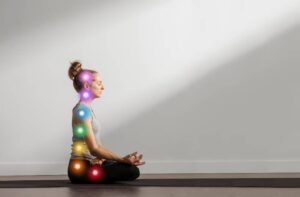The Yoga Blogs
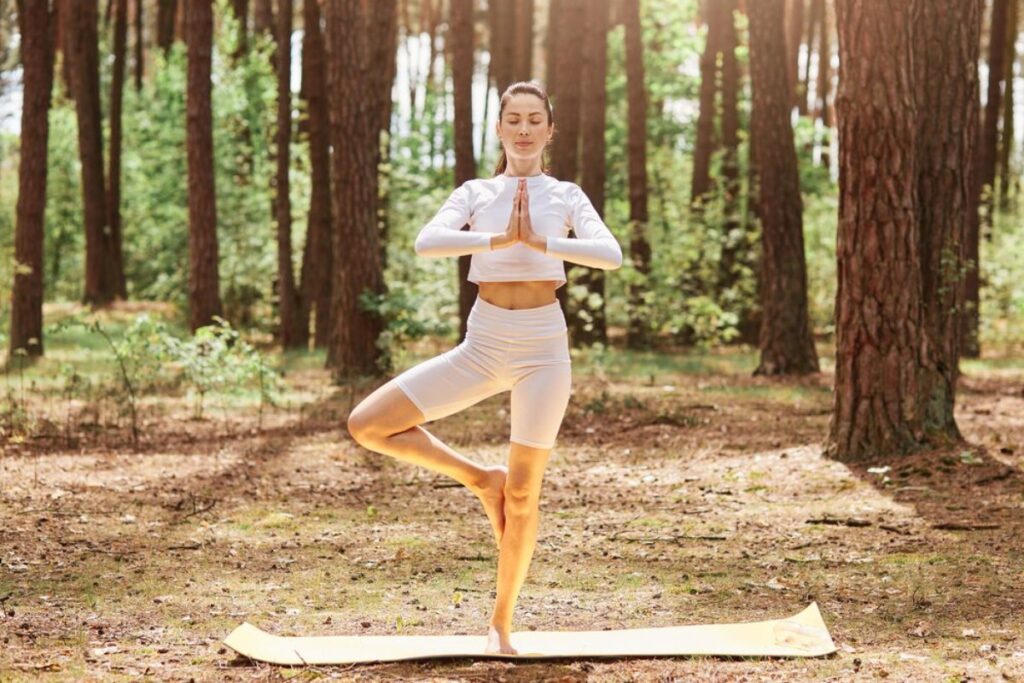
7 Yoga Poses to Enhance Mental Clarity
Ever get the feeling that your thoughts are on an ultra-marathon and you’re just struggling to keep pace? In the now-moment world, we live in, mental fog, distraction and stress are all around us. And while there’s no metamorphic switch you can flip to shut off the noise, there is one potent tool you might be forgetting: yoga for mental clarity.
Yoga has received quite a bit of praise for its physical-based benefits—but the practice’s real magic is what it can do for the mind. Yoga fuses mindful movement, conscious breathing and stillness. This practice clears your mind, sharpen your focus, and reconnect you to the present.
In this article, I will examine seven simple but powerful yoga postures. These poses can help you concentrate, decrease anxiety and leave you with a sense of being rejuvenated. Whether you are a newcomer to yoga or an experienced yogi, these poses can help clear your mind. Lean on them whenever you feel fuzzy.
Let’s dive in.
Why Yoga Works for Mental Clarity
Before we get into the poses, let’s understand the why. What is it about yoga that clears the mind?
The Science Behind It
Studies have shown that yoga:
- Reduces cortisol, the stress hormone that fogs your thinking.
- Boosts brain-derived neurotrophic factor (BDNF), improving neuroplasticity and memory.
- Improves parasympathetic nervous system function, promoting calmness and better decision-making.
A 2018 study in Frontiers in Human Neuroscience found that regular yoga can change the brain. It increases grey matter in areas related to focus and managing emotions.
Real-Life Example
A friend of mine—let’s call her Sarah—was juggling a high-pressure marketing job while caring for two young kids. She was overwhelmed and forgetful, struggling to keep things straight. After 15 minutes of yoga each morning, she noticed clearer thinking and stronger emotional resilience in just weeks.
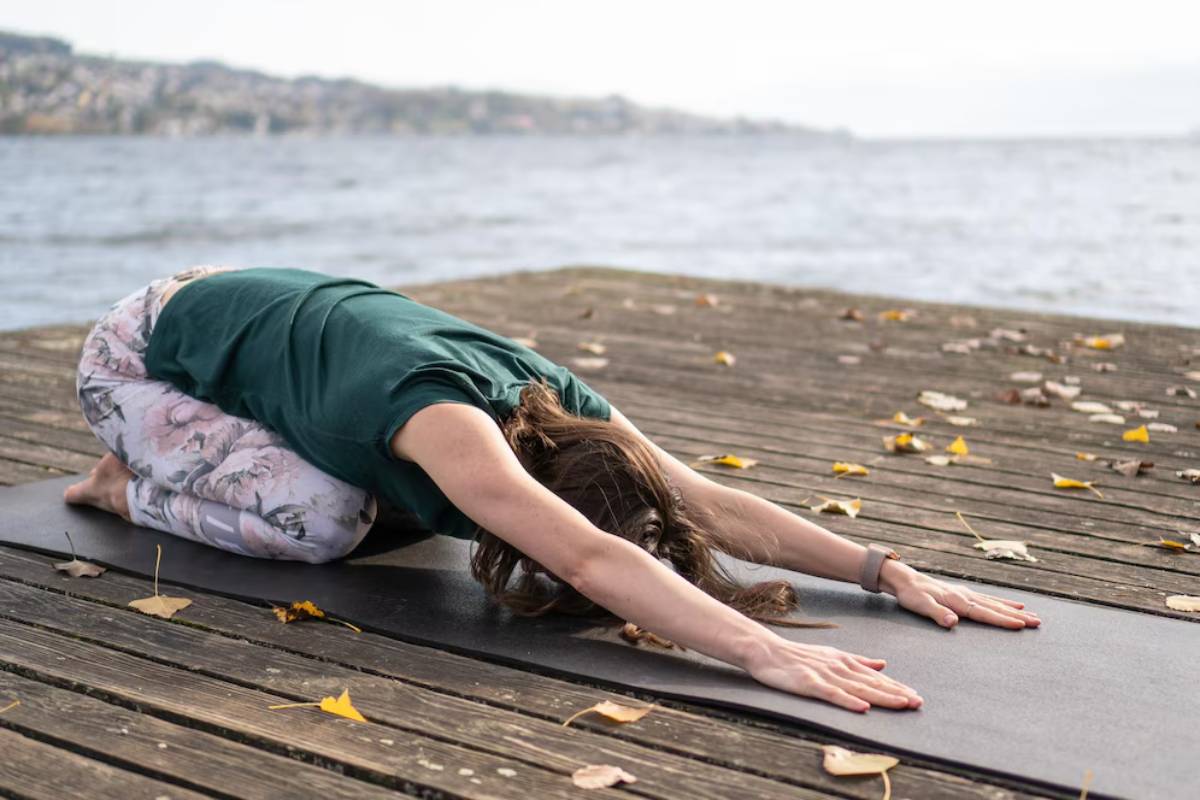
1. Child’s Pose (Balasana)
Best for: Calming the mind and reconnecting with breath
Child’s Pose may look simple, but it’s incredibly grounding. This resting pose helps reduce mental noise by shifting your focus inward.
How to do it:
- Kneel on the mat, big toes touching, knees apart.
- Sit back on your heels and stretch your arms forward, lowering your forehead to the floor.
- Breathe deeply and slowly for 1–3 minutes.
Why it works: Gentle pressure on the forehead activates the parasympathetic nervous system. This calms your mind and reduces stress.
2. Standing Forward Fold (Uttanasana)
Best for: Releasing tension and increasing blood flow to the brain
Feeling mentally blocked? This forward fold is like a gentle reset button for your nervous system.
How to do it:
- Stand tall with feet hip-width apart.
- Exhale and hinge at the hips, folding forward.
- Let your head hang and relax your neck. Bend knees if needed.
Why it works: This pose increases circulation to the brain, relieving headaches and promoting clarity. The inversion effect helps shift perspective—literally and figuratively.
3. Eagle Pose (Garudasana)
Best for: Enhancing focus and coordination
This balancing pose requires mental effort, making it ideal for sharpening concentration.
How to do it:
- Stand on one leg, wrapping the opposite leg around it.
- Cross your arms at the elbows and bring palms to touch.
- Hold and breathe deeply for 30 seconds on each side.
Why it works: By demanding balance and focus, this pose quiets distracting thoughts. It also strengthens your ability to concentrate under pressure.
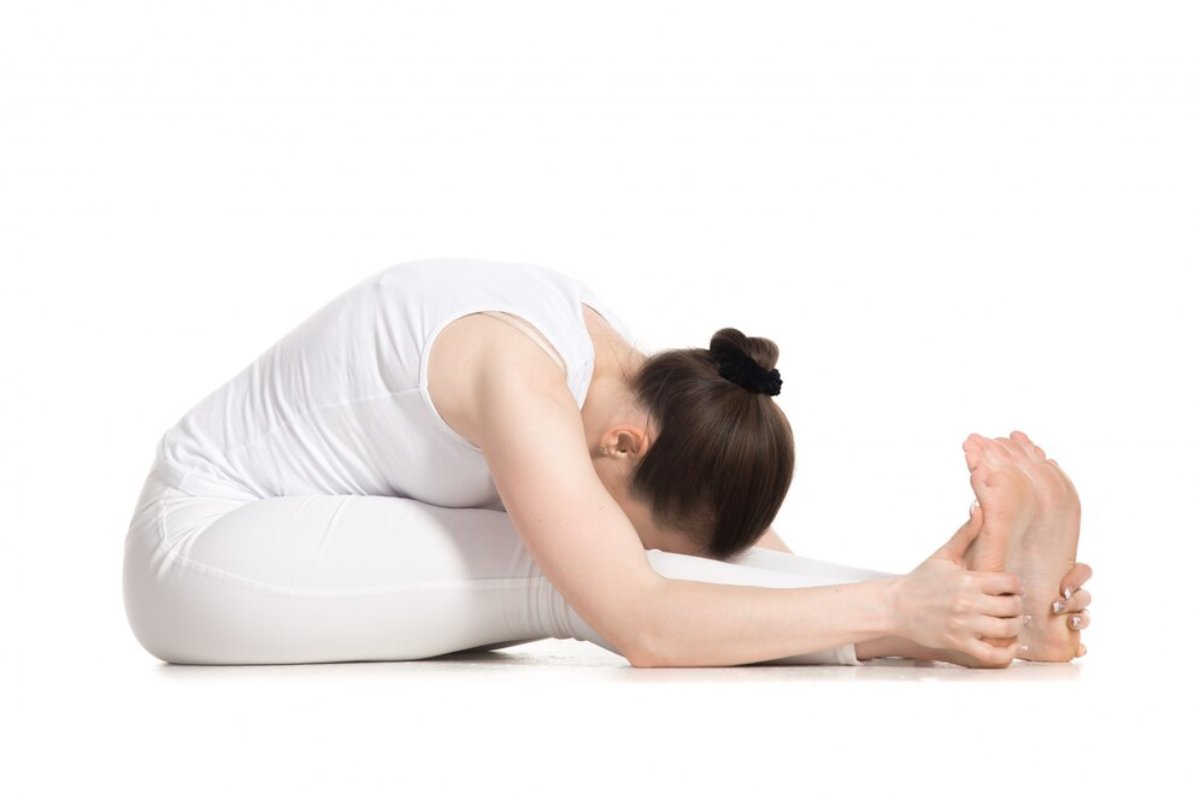
4. Seated Forward Bend (Paschimottanasana)
Best for: Relaxing the nervous system and turning inward
This pose encourages introspection and mental stillness.
How to do it:
- Sit with your legs extended.
- Inhale, lengthen your spine, and exhale as you fold forward from the hips.
- Hold your feet or shins and breathe.
Why it works: Forward folds activate the parasympathetic response and help release anxiety. The slow breathing creates a meditative effect that clears the mind.
5. Tree Pose (Vrikshasana)
Best for: Mental grounding and emotional balance
Balancing on one leg with your gaze fixed helps bring you into the moment.
How to do it:
- Stand on one foot and bring the other to your calf or thigh (avoid the knee).
- Press palms together in prayer at your chest or raise arms overhead.
- Focus your gaze and hold steady.
Why it works: Tree Pose trains your attention and steadies racing thoughts. It’s particularly helpful before a big decision or stressful event.
6. Legs-Up-the-Wall (Viparita Karani)
Best for: Deep relaxation and mental reset
This restorative pose is a game-changer for anxiety and overstimulation.
How to do it:
- Lie on your back and scoot your hips close to a wall.
- Extend your legs vertically up the wall.
- Let your arms rest by your sides, palms up.
Why it works: This position helps regulate blood pressure, soothe the nervous system, and calm an overactive mind. Just 5–10 minutes can leave you feeling refreshed and clear-headed.
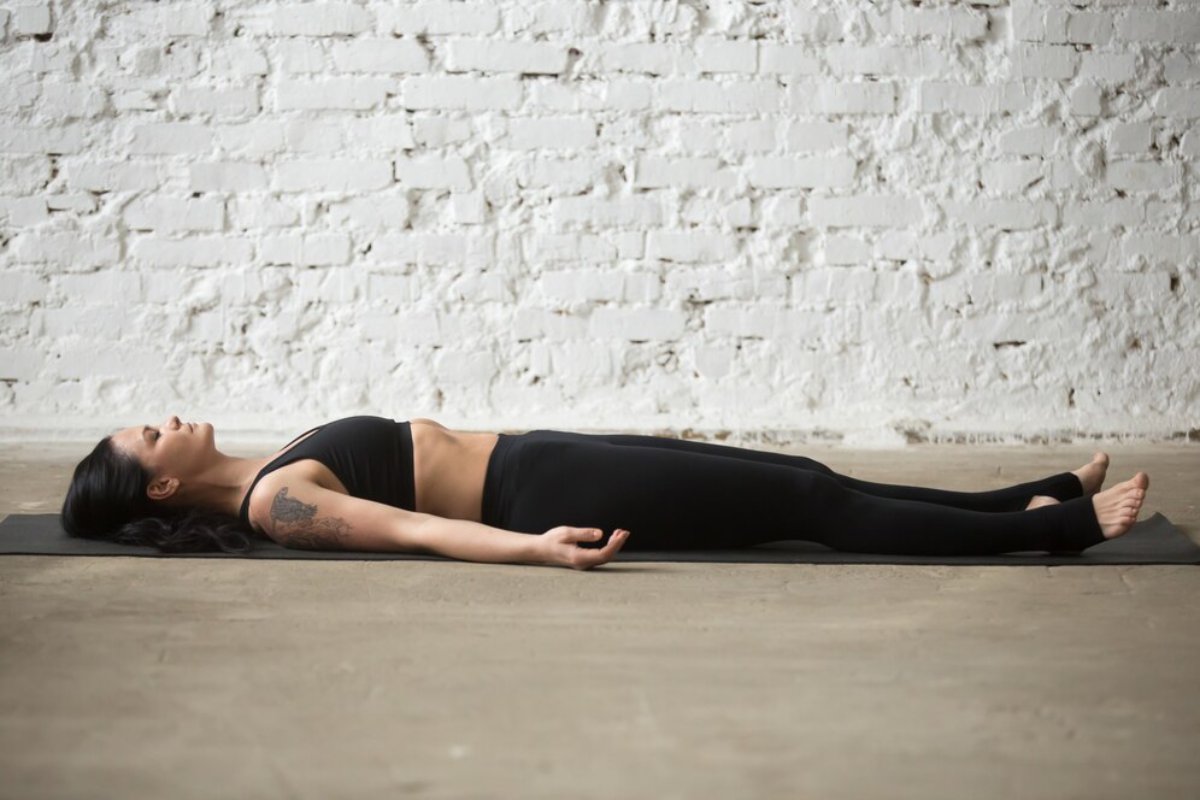
7. Corpse Pose (Savasana)
Best for: Integration and deep mental clarity
Often overlooked, Savasana is where the magic of yoga really sinks in.
How to do it:
- Lie flat on your back, arms relaxed, palms facing up.
- Close your eyes and breathe naturally.
- Stay here for 5–10 minutes, doing nothing.
Why it works: This final relaxation helps integrate the mental and physical benefits of your practice. It’s a space for your mind to rest, reflect, and reset.
Creating a Routine That Sticks
Knowing the poses is only half the story. To truly unlock the benefits of focus-enhancing yoga, consistency is key.
Here are some tips to make it part of your lifestyle:
- Start small: Just 10 minutes a day can make a big difference.
- Pair it with a habit: Try yoga right after brushing your teeth or before bed.
- Create a calming space: Light a candle or play soothing music to enhance the atmosphere.
- Journal afterwards: Note how you feel after each session to track your mental shifts.
The Bigger Picture: Mental Clarity Beyond the Mat
Yoga is powerful, but it’s even more effective when paired with:
- Mindful breathing or meditation
- Balanced nutrition
- Adequate sleep
- Reduced screen time
Think of yoga as one piece of a larger mental wellness toolkit. Together, these practices create a lifestyle that supports sustainable clarity.
Final Thoughts: Your Mind Deserves Stillness
You don’t have to live in a fog or wait for a perfect moment to find focus. Mental clarity is something you can cultivate—and it starts on your mat. These seven yoga poses are easy to use. You can rely on them whenever your mind feels scattered or overwhelmed.
Remember, clarity isn’t about emptying your mind—it’s about making space for what matters. When you pause, breathe, and stretch with purpose, you reset your brain.
Ready to start your journey?
Try incorporating just two or three of these poses into your day this week. Notice how you feel. And if something shifts—even slightly—come back and share your experience.
Drop a comment below, share this with a friend who needs a breather, or subscribe for more practical wellness tips.
Because your mind is your most powerful tool, and it deserves to be clear.






